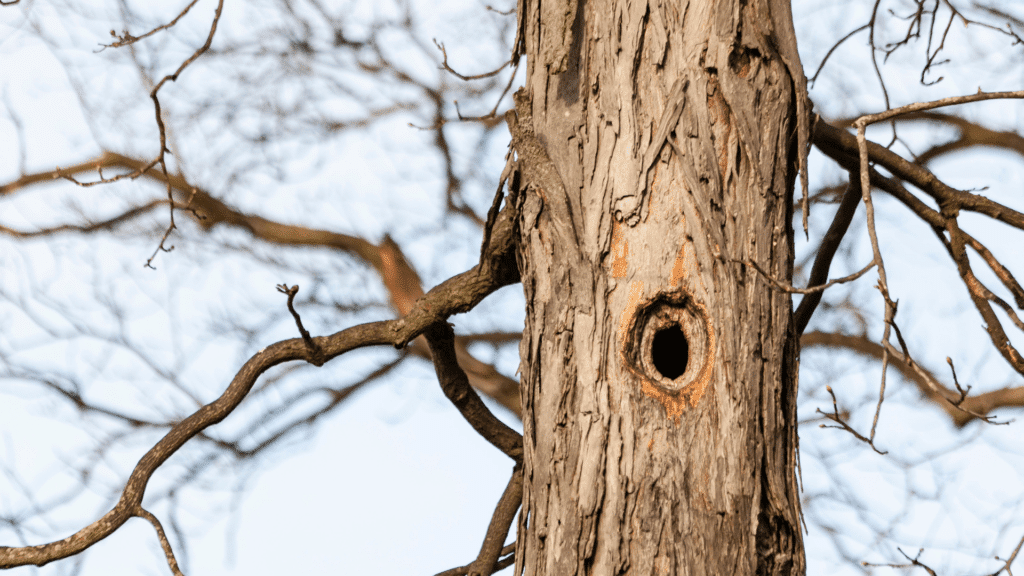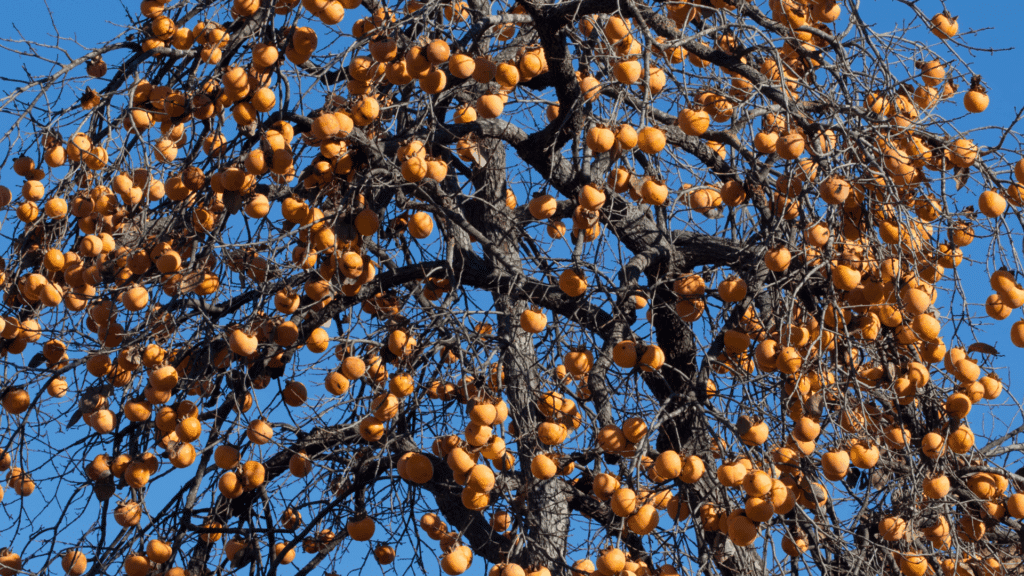If you love DIY and you have always been fascinated by the beauty of wood, woodturning might be the best hobby for you. However, each piece of wood is unique – and the last thing you want is damaging its grain by mistake when you have not mustered your turnery skills yet! So, before heading to your lathe and start handling more challenging woods, learn which timbers are the easiest ones to turn!
Some of the easiest woods to turn include beech, hickory, ash, ebony, sycamore, yew, cherry, and rosewood. These woods are easy to handle, boast a fine grain, and are highly versatile. You might also prefer hardwood over softwoods and dry wood over wet wood (especially for more precise projects).
There are endless types of wood out there that you can use for turning, but don’t just use what’s available in your area! Below you will find some of the most accessible woods to turn – perfect for testing your lathe capabilities.
Beech
Beech is a typical hardwood that you can find in most locations in Northern America. While you might not be picking this wood for its distinctive grain pattern, it is one of the few hardwoods with such a light color.

So, if you are looking for planer wood for your project but you don’t want to miss out on the benefits of using hardwood, beech is the best option. Additionally, thanks to its heavy density, this wood is abrasion-resistant and highly durable. These characteristics make it perfect for projects such as bowls, wooden toys, woodenware, and instruments.
Ebony
Ebony is a highly dense hardwood, known for its dark color and heavy density. When working with ebony, you will find that this wood requires several finishes. However, once correctly polished, it shows a beautiful texture and grain.
If you are a beginner woodturner, ebony might not be the best budget wood to experiment with. Indeed, this tree is slow-growing and can take up to 100 years to reach maturity – but its beauty has made it increasingly popular. The high demand and the low supply have caused its price to skyrocket.
Ebony is commonly used for luxurious ornaments, jewelry, black chess pieces, wooden animal carvings, and musical instruments.
Hickory
Hickory should be your go-to hardwood if you are working on heavy-duty designs. Indeed, this is one of the toughest and densest hardwoods – but it does not ask you to compromise on looks!

If you are using a lathe, this wood is easy to handle and shape. It allows you to bring to life any project, from cabinetry and furniture to tool handles and floor decorations.
Thanks to the fact that it is shock-resistant and durable, this wood can be used for heavy-duty projects. However, it can be scratched easily, so make sure to sand it in the grain’s direction to prevent damages.
Ash
Ash is a common wood used for turning – you might have even seen the beauty of woodturning projects in baseball bats. Ash is known to be one of the most durable woods and can resist most damage from impact. Other applications for ash wood include handles for hand-operated tools.
One of the characteristics that make ash unique is that it changes color when a new surface is exposed to air. For example, when you are creating a bowl, you should consider leaving it to dry for some weeks and then turn it a little more. This technique will allow you to achieve the desired coloration.
Sycamore
Sycamore is an attractive wood to turn. It is recognizable thanks to the distinctive grain pattern, which has many more benefits besides being beautiful! Indeed, the grain interlocks, which make the wood much more challenging to split or break.

A significant advantage of using sycamore wood for turning is that it does not pass on smells or colors. Therefore, you can safely use it for creating bowls and plates.
Yew (European Yew)
Unlike the types of wood seen above, the European Yew is softwood. However, unlike many softwoods, it is moderately dense and highly flexible, which prevents it from breaking and snapping.
When working with European Yew on a lathe, you will notice that it can bend and move easily, but it won’t easily break. The European Yew boasts a darker heartwood with tones ranging from orange to brown in terms of colors and texture.
The uniform grain and this wood’s high elasticity make it ideal for creating furniture, musical instruments, and archery bows.
Cherry
Cherry wood is among the most common woods used by beginner woodworkers. Indeed, cherries boast an extensive color range, and you will find varieties that go from a yellowish-white color to a dark red tone.
While the grain is not immediately recognizable, this wood responds very well to coating and finishing. Therefore, you can add varnish, clear lacquer, and other finishes and obtain attractive textures.
Rosewood
Rosewood is a beautiful kind of hardwood that originates from tropical areas such as Jamaica and Honduras. This wood’s main characteristics include the sweet smell it gives off, the dark, purple heart wood, and noticeable interlocking fibers.

Thanks to its grain and quality, rosewood responds well to polishing and finishing, and you can bring to the surface exquisite designs. Ideally, you could use rosewood for high-end furniture or instruments.
It is essential to notice that, due to its smell and spores, rosewood can trigger respiratory issues such as asthma in sensitive subjects.
Characteristics of the Best Wood To Turn
Above, we have seen some of the easiest varieties of wood to turn. However, you can turn any kind of wood, and what another woodworker finds easy might not be the best choice for your needs.
If you are opting for a wood that is not on the above list, you should make sure it boasts the following characteristics:
- Appearance and color: The easiest and best woods to work with are the ones that come from mature trees. You can recognize them by the sweet smell, beautiful gran, and bright tones.
- Durability and elasticity: Pick a wood that can easily resist termites, moisture, and climatic changes. Additionally, it should be elastic enough to bend without breaking easily.
- Fire and moisture resistant: Denser woods can easily resist fire and absorb excess moisture to prevent decay.
- Compact fibers: The grain of your wood should be straight and tight. Indeed, twisted fibers are often associated with lower-quality woods.
- Hardness and toughness: High-quality wood can withstand deterioration, abrasion, and shock.
- Versatility: When investing in high-quality wood that is versatile, you will be able to use it for most projects.
Hardwood vs. Softwood
Woodworkers might opt for hardwood or softwood, depending on the project’s requirement. Harwood is generally much denser and produces recognizable fibers. It usually comes in darker, more radiant colors that make it perfect for luxurious projects and decorations. However, hardwood is generally rarer and more expensive.
Softwood comes from evergreen trees, and a lighter color and looser grain usually characterize it. It is generally considered lower quality than hardwood but is still suitable for the lathe.
In the video below, you can find out more about woodturning with these two types of wood:
Wet Wood vs. Dry Wood
Another consideration to make is whether you wish to use wet wood or dry wood. Wet wood is easier to turn and produces an uninterrupted ribbon of shavings. However, wood continues to move after you have achieved the desired shape. So, while you might use this wood for more significant projects, it is not recommendable to use it for more detailed designs, such as bottle tops or pieces that need to be glued together.
Oppositely, dry wood won’t change shape over time, but it can be challenging to shape into perfectly rounded designs, and it might require more woodturning dexterity.
Conclusion
Woodturning is an excellent hobby if you love DIY creations and you have a passion for wood. The best woods to turn are hardwoods such as beech, cherry, ebony, and rosewood. These woods are elastic and versatile, preventing them from creaking or becoming damaged when working on a lathe.
